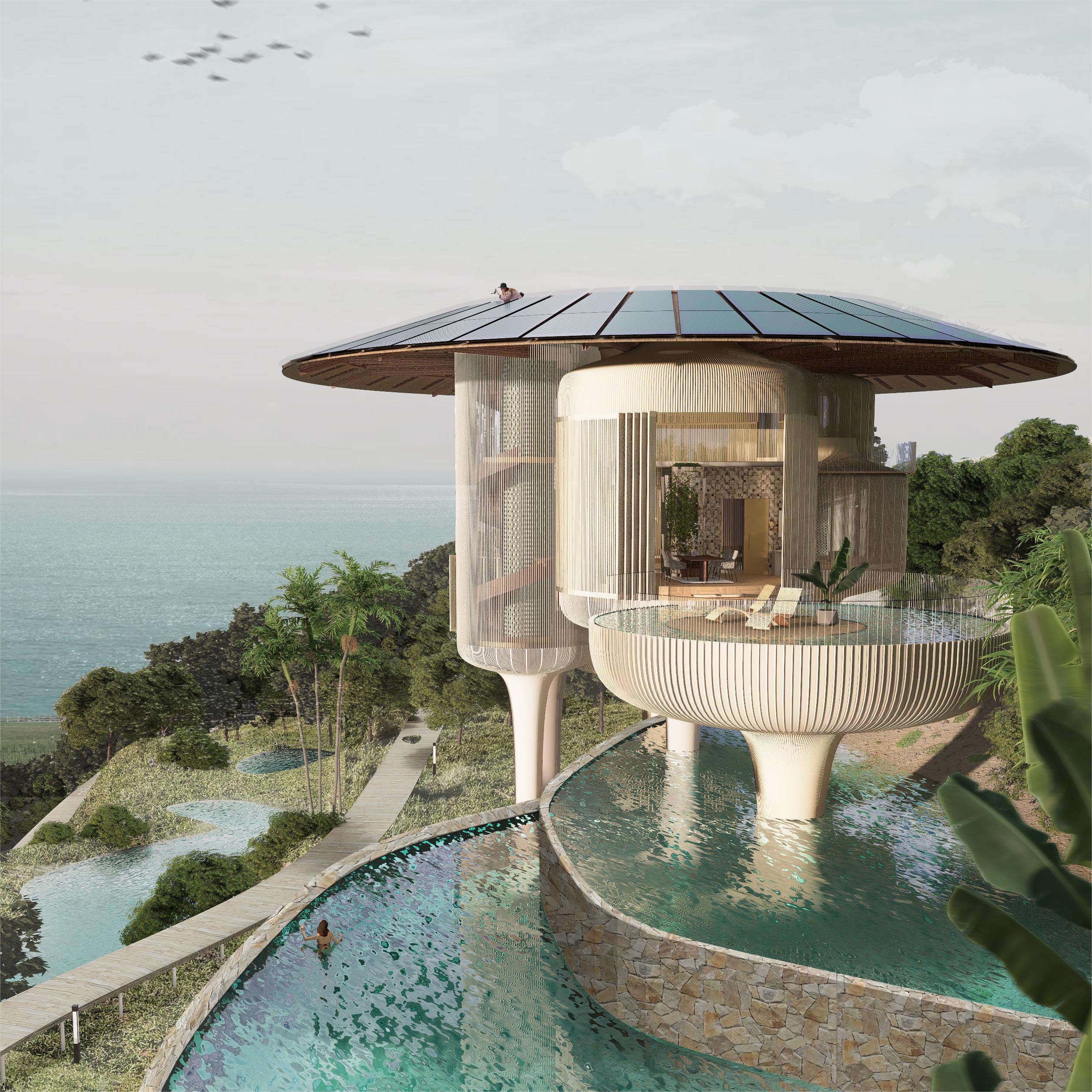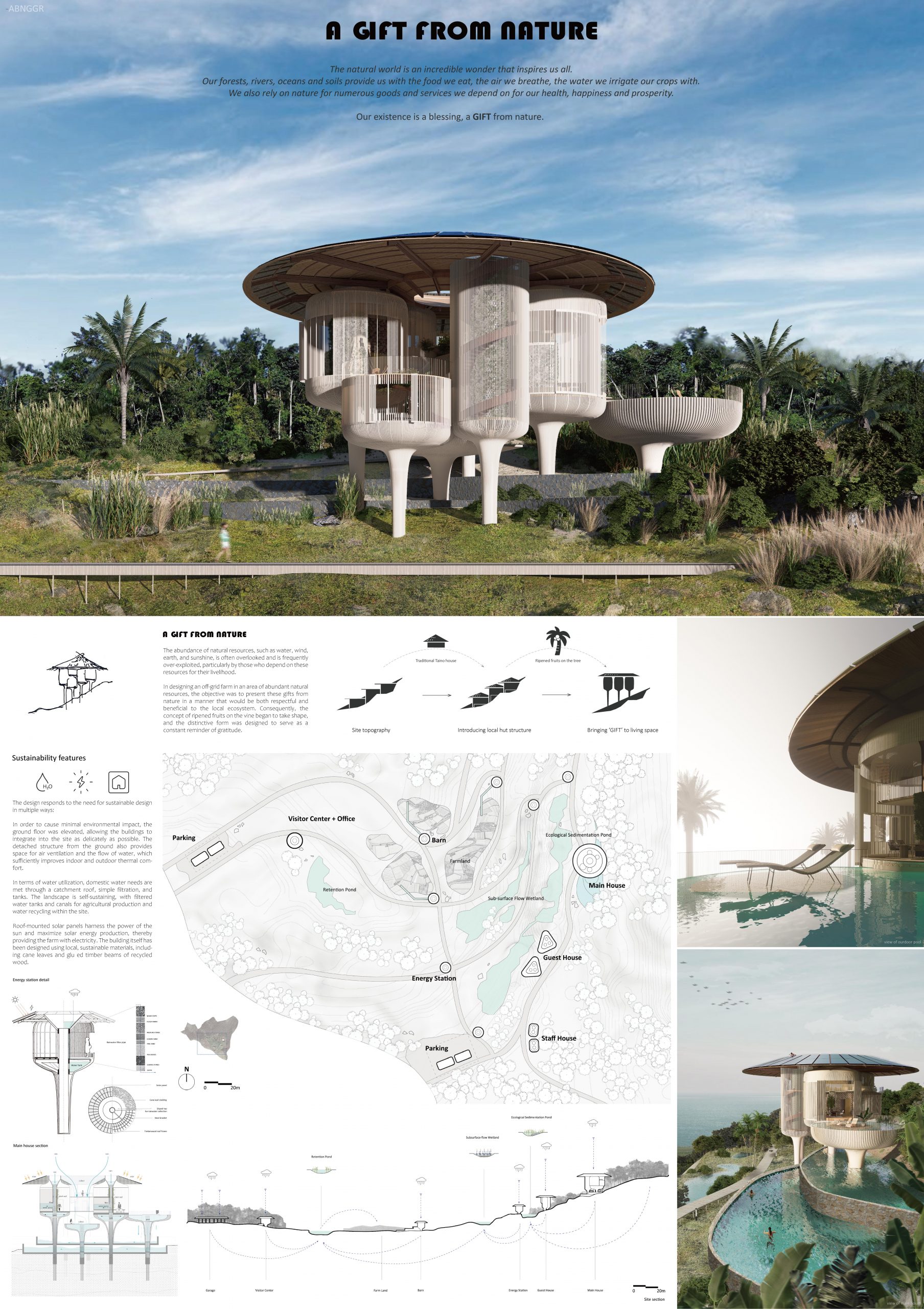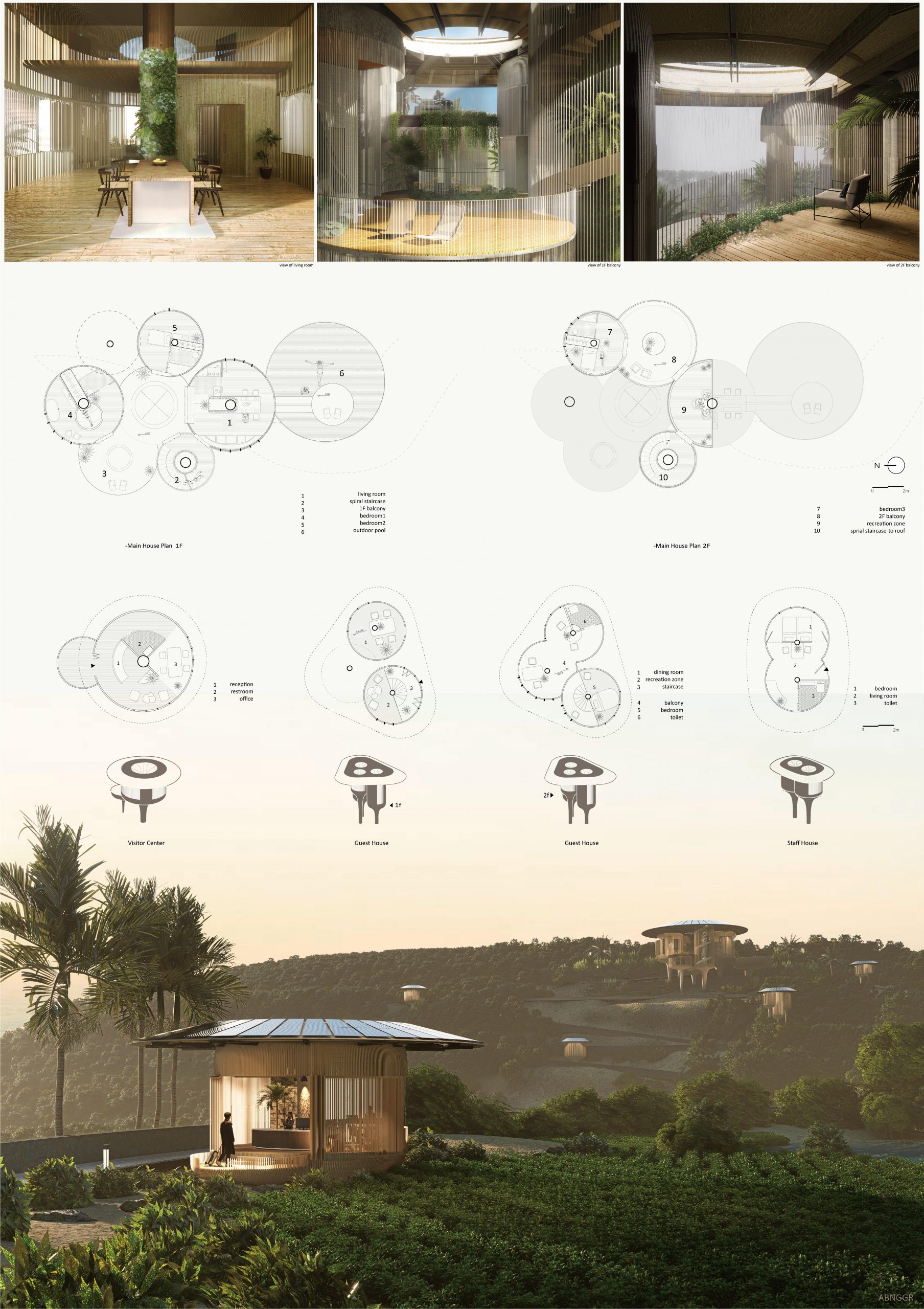
A Gift From Nature
A GIFT FROM NATURE
The natural world is an incredible wonder that inspires us all. We rely on nature for numerous goods and services we depend on for our health, happiness and prosperity. It underpins our very existence. Our forests, rivers, oceans and soils provide us with the food we eat, the air we breathe, the water we irrigate our crops with. We also rely on them for numerous other goods and services we depend on for our health, happiness and prosperity. Our existence is a blessing, a GIFT from nature. The abundance of natural resources, such as water, wind, earth, and sunshine, is often overlooked and is frequently over-exploited, particularly by those who depend on these resources for their livelihood. In designing an off-grid farm in an area of abundant natural resources, the objective was to present these gifts from nature in a manner that would be both respectful and beneficial to the local ecosystem. Consequently, the concept of ripened fruits on the vine began to take shape, and the distinctive form was designed to serve as a constant reminder of gratitude. Upon entering the site from the visitor center, one can observe the main house and guest house in the distance, with energy stations situated along the winding, upward-sloping path. The buildings are connected by a series of zigzagging walkways that traverse the site, evoking the image of fruits on a vine. Visitors will accept this gift from nature. It is our hope that the experience of residing on the off-grid farm will foster a deeper appreciation and respect for our natural environment. The design responds to the need for sustainable design in multiple ways: In order to cause minimal environmental impact, the ground floor was elevated, allowing the buildings to integrate into the site as delicately as possible. The detached structure from the ground also provides space for air ventilation and the flow of water, which sufficiently improves indoor and outdoor thermal comfort. In terms of water utilization, domestic water needs are met through a catchment roof, simple filtration, and tanks. The landscape is self-sustaining, with filtered water tanks and canals for agricultural production and water recycling within the site. Roof-mounted solar panels harness the power of the sun and maximize solar energy production, thereby providing the farm with electricity. The building itself has been designed using local, sustainable materials, including cane leaves and glued timber beams of recycled wood.

